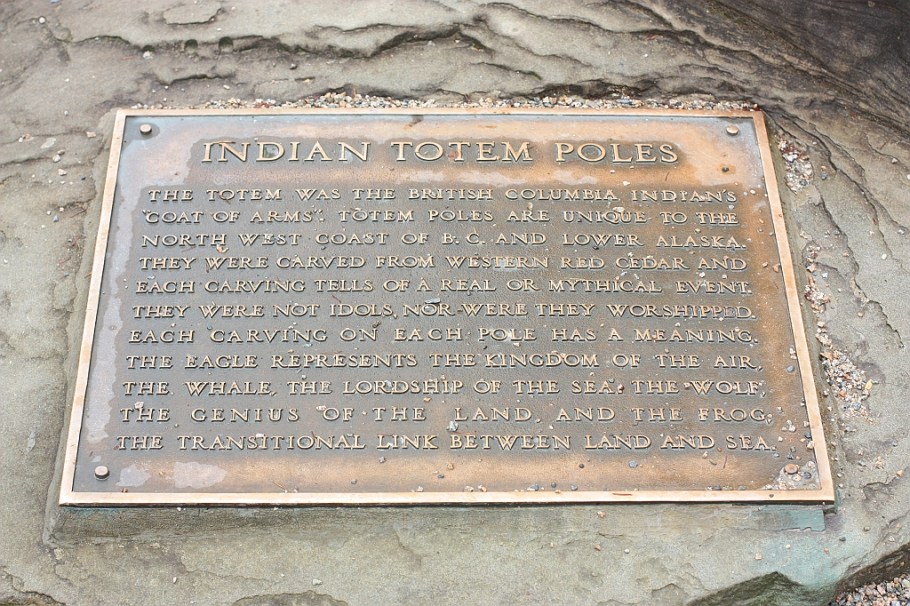Toppling 60000 photos at home in Vancouver
Throughout 2012, I traveled around the world (RTW), where I managed to make the 25000th exposure here in Vancouver in January, and 50000th exposure in Berlin, Germany in October. Thankfully, my 5-year old entry-level digital-SLR camera survived the trip, and is still delivering decent photographs.
Given the number of photos I continued to make, I knew I’d flip the “number counter” once again when I completed my RTW and returned to Vancouver. Sure enough, I turned the counter over for the 6th time in under 5 years.
I returned to the Museum of Anthropology (MOA), world famous for their collection and archive of cultural art, sculptures, and monuments from First Nations’ peoples along the Canadian west coast. With my previous visit to the MOA taking place over 20 years ago, my return was a happy one. The visit itself will be the subject of another post, as I highlight here the 60,000th photo, one of the “Haida House exhibit”.
The accompanying caption reads:
The two Haida houses reconstructed here on the grounds of the museum were probably the first of their kind to be built in the 20th century. The larger house represents a family dwelling and the smaller one a mortuary chamber. Both demonstrate the traditional Haida post-and-beam architecture.These houses were designed by John Smyly and constructed by John Barnes of the University’s (UBC) Physical Plant, under the direction of Haida artist Bill Reid. The work took 3.5 years, from late 1958 to early 1962. The houses and poles were first installed at Totem Park on the west end of the University campus, and were relocated to the grounds of the Museum of Anthropology in 1978. The big house is equiped with a fire pit and lighting so that it can be used for workshops, receptions, and theatrical performances.
The house poles and three of the four free standing Haida poles were carved between 1958 and 1962 by Bill Reid with the assistance of Douglas Crammer, of the Nimpkish Kwakwak’wakw (Kwagiutl) band of Alert Bay. The fourth free standing pole, a copy of the Masset house frontal pole, was carved by Jim M. Hart, a Masset Haida, under Reid’s guidance. It was completed and ceremonially installed in 1962.
Previous rollovers :
• 15000th photo with the 450D/XSi in Berlin, Germany
• 25000th photo with the 450D/XSi in Vancouver, Canada
• 50000th photo with the 450D/XSi in Berlin, Germany
… I might be wrong, but there seems to be a distinct pattern … or?
I made the photo above on 30 January 2013, and this post appears on Fotoeins Fotopress at fotoeins.com.



